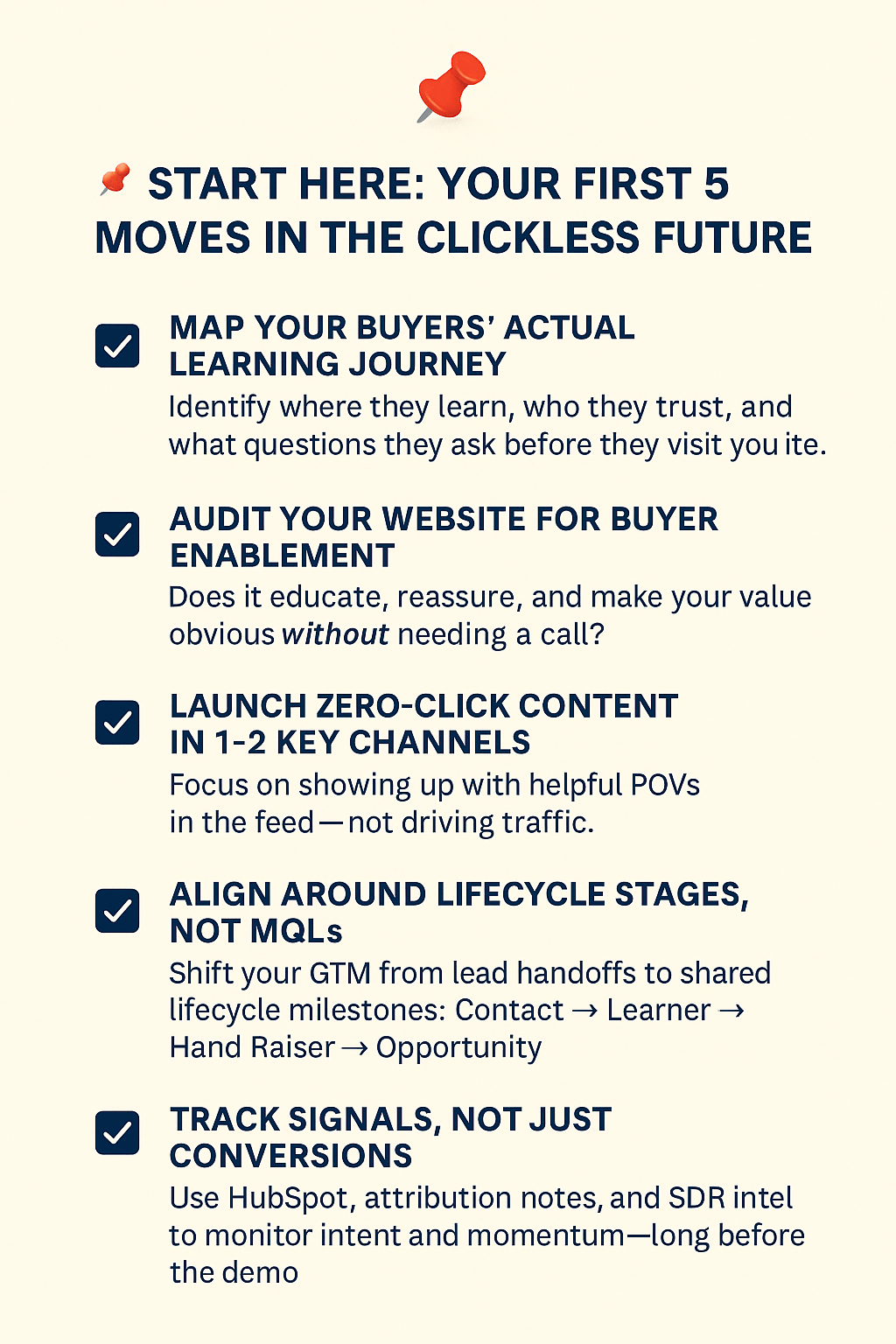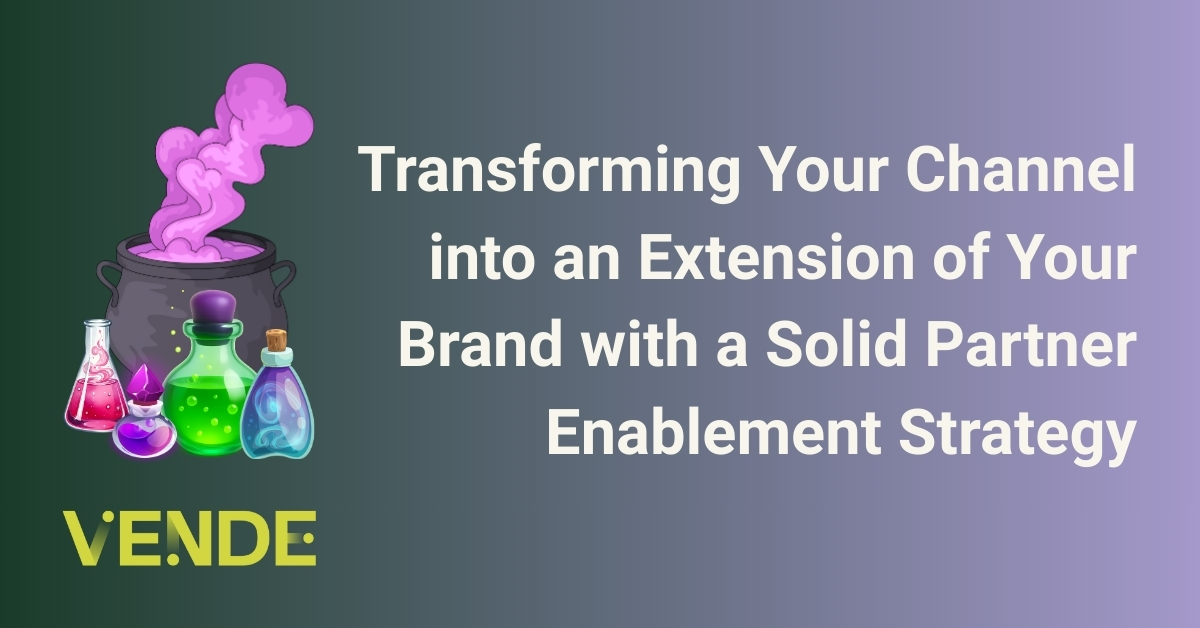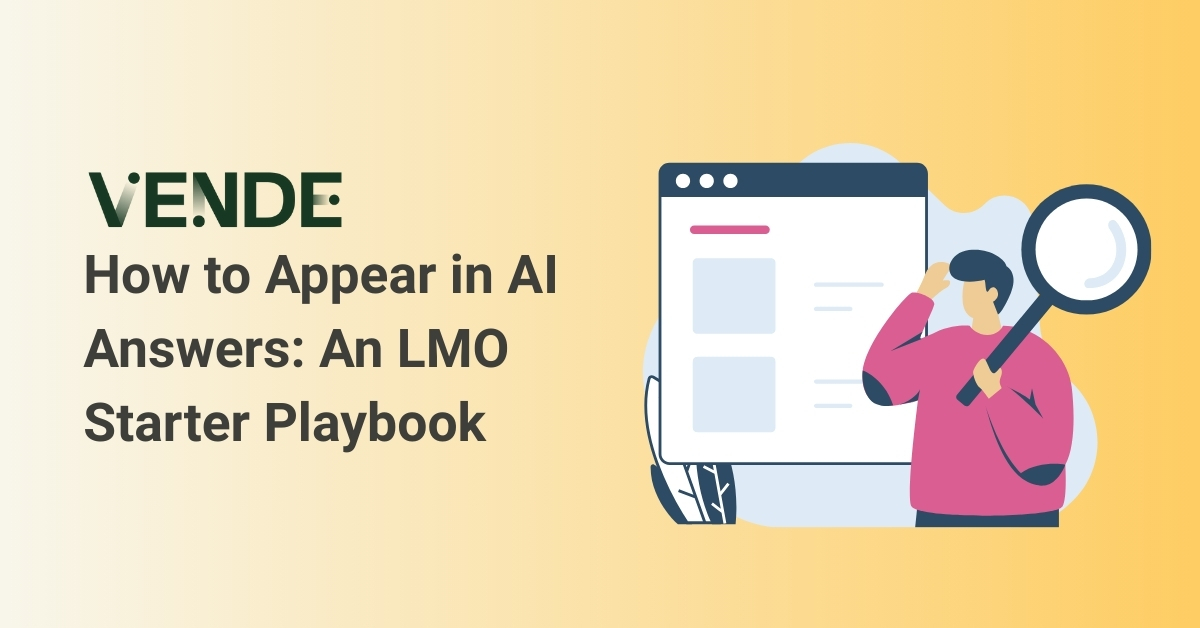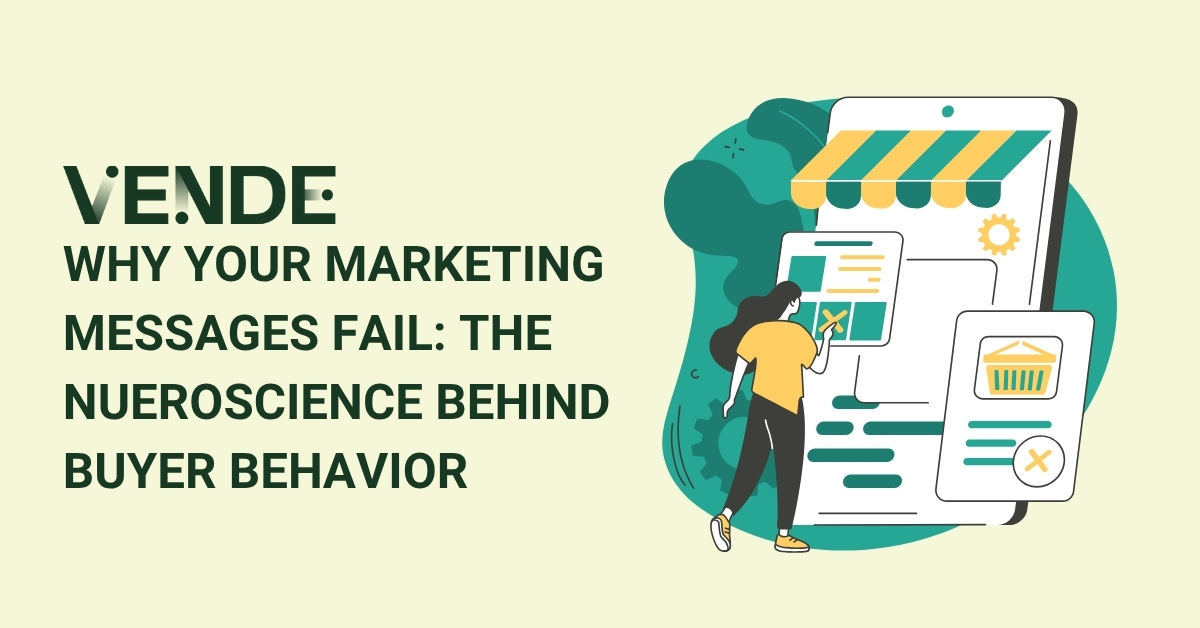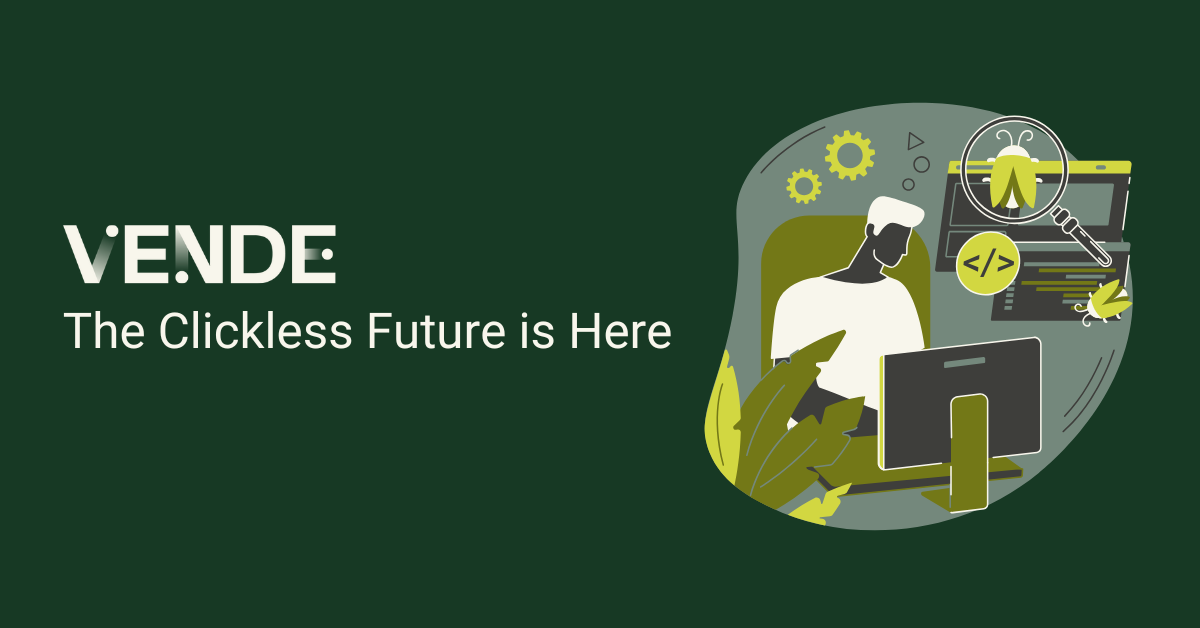
The Clickless Future of B2B Marketing is Here: Pipeline Over Clicks
How to Grow Pipeline in a World Where No One Clicks Anymore
The Future of Marketing: Back to the Basics
In the golden age of advertising, before websites, search engines, or social media, great marketers like David Ogilvy weren’t chasing clicks. Clicks didn’t exist.
And that wasn’t a limitation; it’s what made them great.
They lived in a world without shortcuts. Without attribution. Without dashboards. They focused on the only thing that ever really mattered: influencing an audience.
They shaped perception, built trust, and made their brands the obvious choice long before a conversation ever began.
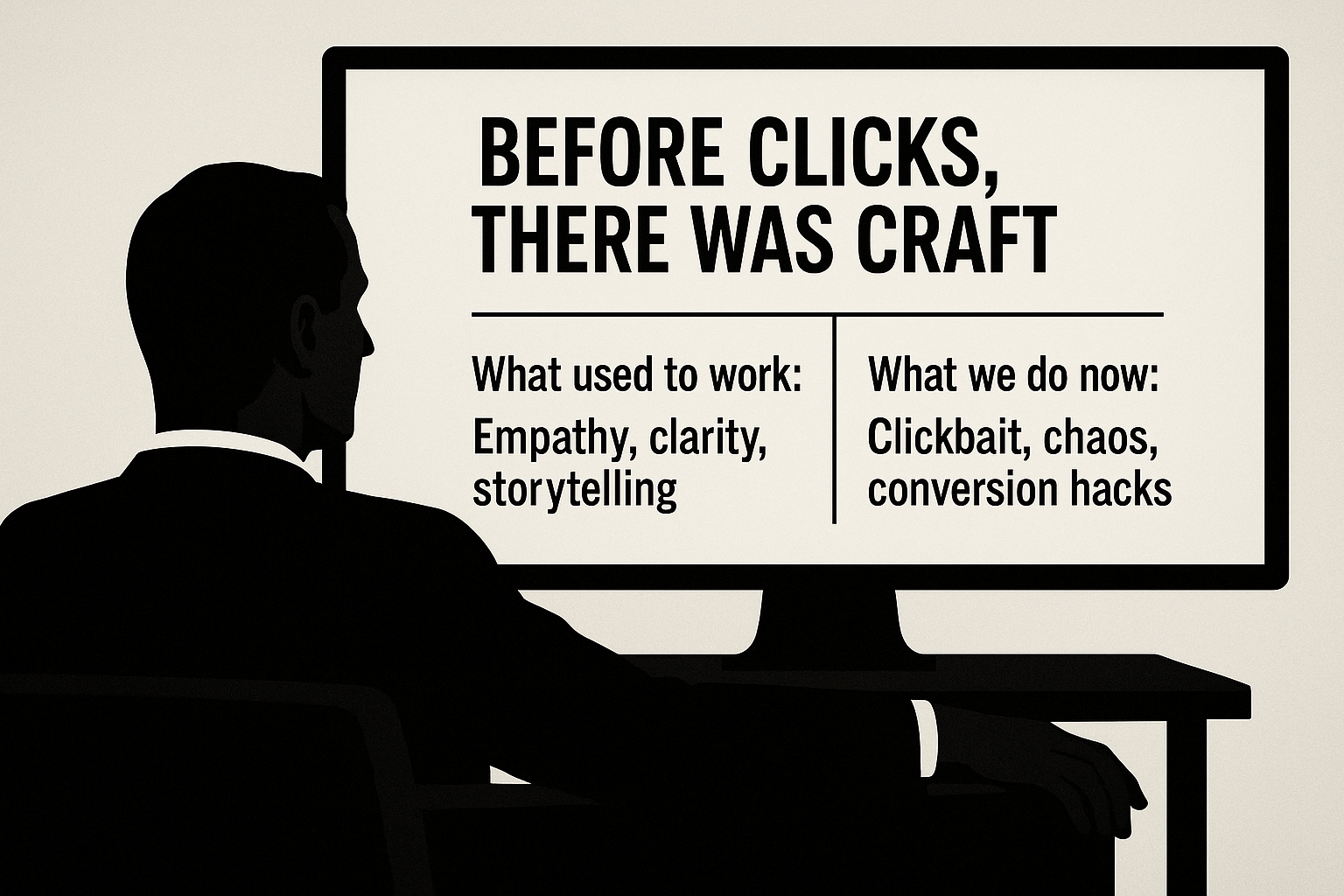
Then came the internet…and it changed everything.
For a while, the internet made marketing easier, but not better. It created a shortcut to buyer attention. We didn’t have to be good; we just had to be at the top of Google. With the right keywords, any company could show up. We stopped earning attention and started optimizing for it.
The prevailing funnel became: get awareness → drive traffic → capture leads → nurture to close.
And it worked amazingly well for two decades, until it didn’t.
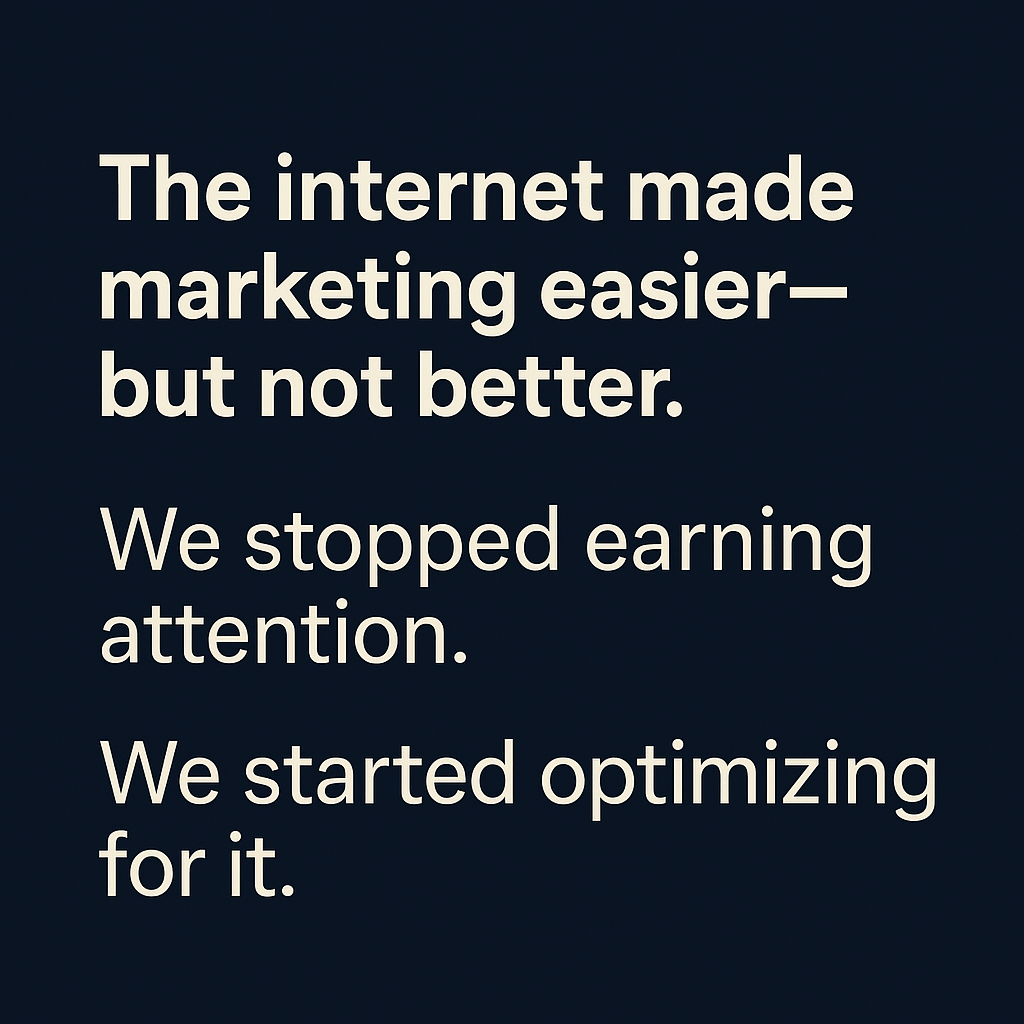
Now that shortcut is collapsing. Everyone has a blog. Everyone runs ads. When everyone follows the same playbook, no one stands out.
Then, buyers stopped playing our games.
While we flooded the web with more of the same, buyers quietly slipped out the side door. Buyers have always followed the path of least resistance, and now they have easier, more trusted routes:
- They ask AI instead of Google.
- They swap ideas in Slack instead of filling out forms.
- They listen to podcasts instead of downloading our ebooks.
As a result, only 3–5% of website visitors convert on forms, meaning ~ 95% of potential B2B buyers choose to remain anonymous rather than "raise their hand" as a lead. Today they are converting in social DMs, self-service interactive AI-powered chat, and reaching out to sales directly. According to Gartner, 80% of B2B sales interactions now occur in digital channels other than our websites.
The internet gave marketers a detour. Buyers took a new path. Now it's time for us to catch up.
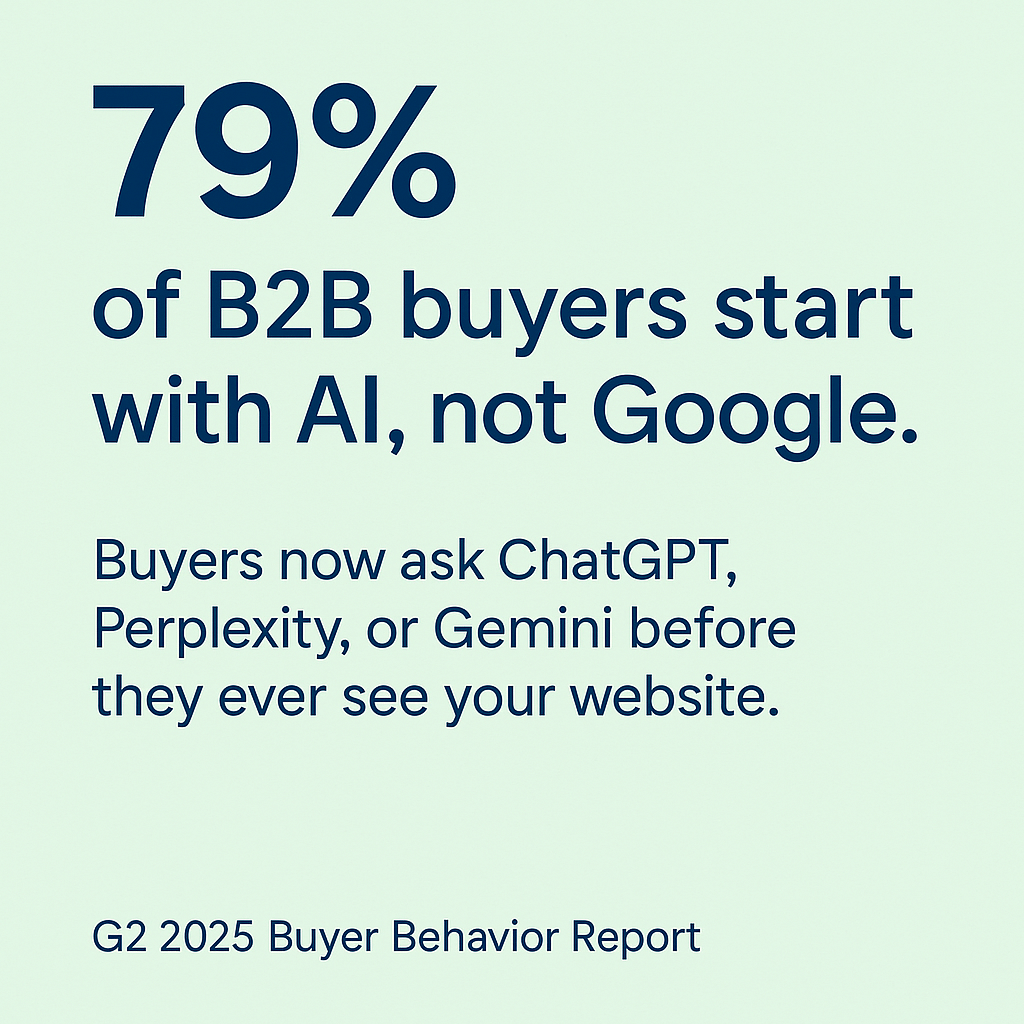
The real job of marketing hasn’t changed.
We’ve entered the Clickless Future, a world where traffic is down, forms are ignored, and buyers make decisions before ever visiting our websites.
This makes the marketing principles that worked before the Internet more important now than ever.
B2B marketing was never REALLY about traffic. It was never REALLY about attribution. It’s always been about influencing an audience, earning trust, building preference, and making your brand the go-to resource when it matters most.
- Clicks don’t do that.
- Campaigns don’t do that.
- Consistency does.
- Credibility does.
- Being remembered does
Buyers May Not Click, But They're Always Learning
Most of your market isn’t ready to buy today, but that doesn’t mean they’re not paying attention. They are “Future Buyers,” and they’re quietly building mental shortlists before your CRM ever lights up.
Buyers are passively learning all the time. They read LinkedIn posts, listen to podcasts, and watch how people in their network talk about you and your competition. They also ask AI tools for ideas, engage in private communities, and browse review sites.
That’s your window into their world. But you won’t win it with a cold pitch.
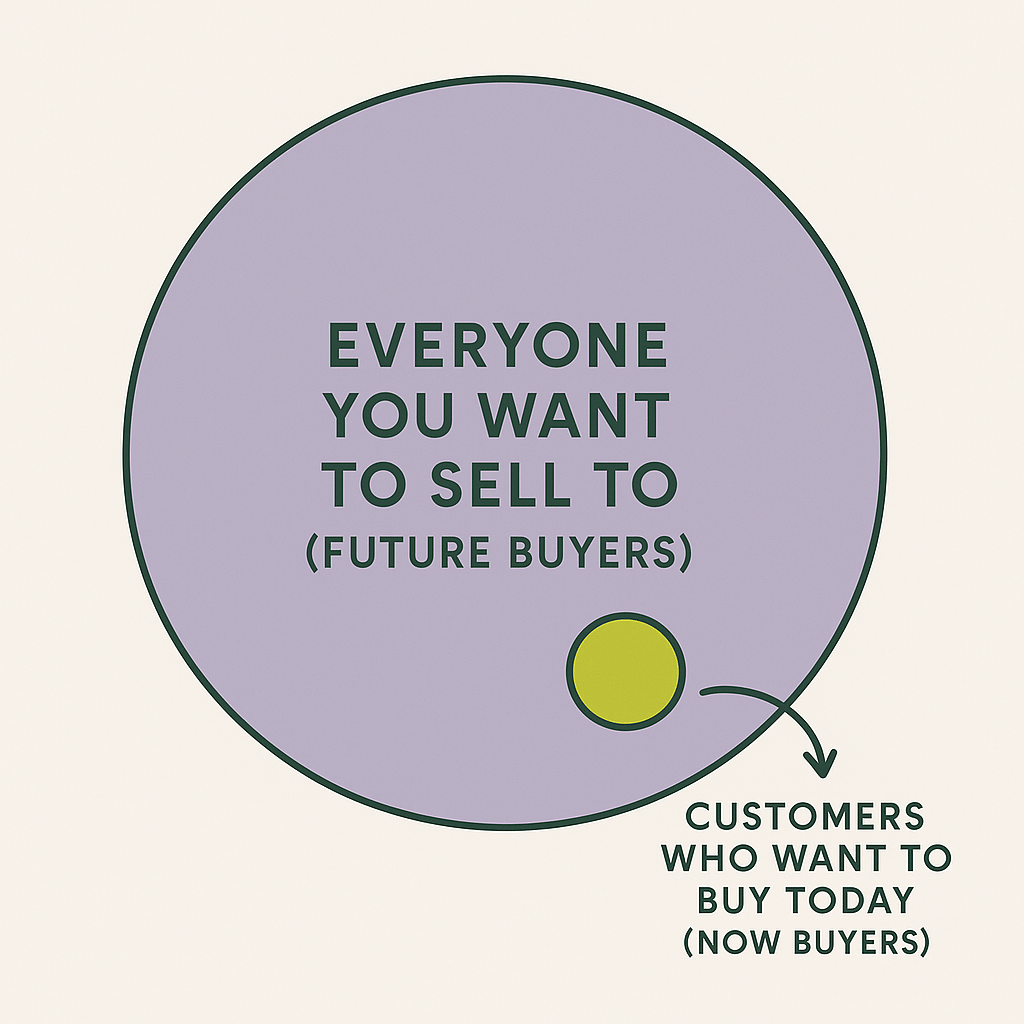
You Must Earn Mindshare before Marketshare
You win by earning MINDSHARE before MARKETSHARE, being helpful, and consistently showing up in the right places with content that educates, guides, or inspires, even when your prospects are not in the market.
Research from Harvard Business Review found that companies that successfully build mindshare before a buyer enters the market win up to 90% of the time. If you're not part of the early, invisible conversations, you're unlikely to make the shortlist at all.
This is the new battleground. It’s not “top of funnel.” This is THE funnel now. Buyers are doing their homework with or without you. The only question is whether you’re in the room when they’re learning.
Real World Case Study: Traffic is No Longer Evidence of Marketing Effectiveness
HubSpot is one of the original champions of inbound marketing and SEO. In 2024, their organic traffic dropped by over 75% after Google rolled out AI Overviews, pushing traditional search results below AI-generated summaries. However, their revenue kept growing despite the loss of traffic and clicks. The lesson? Traffic is no longer evidence of marketing effectiveness. In today’s landscape, it’s not about how many people visit your site but how many already trust you before they get there.
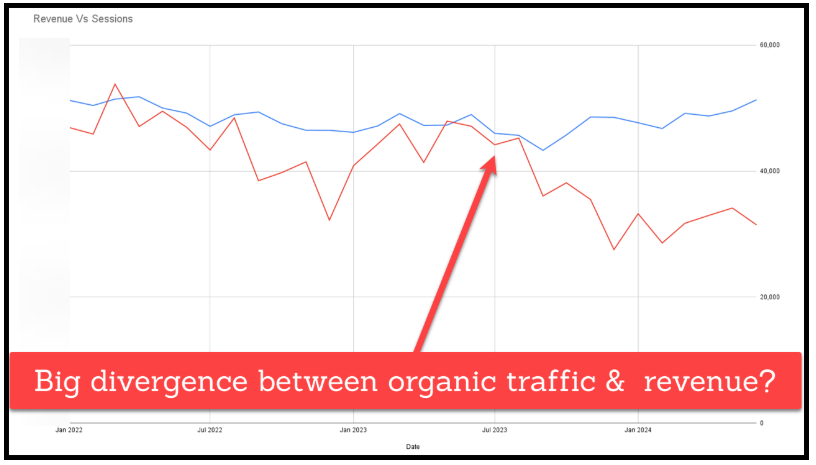
We’ve reached the turning point. It’s time to retire the old GTM playbook and build a system that aligns with how buyers actually learn, evaluate, and engage today.
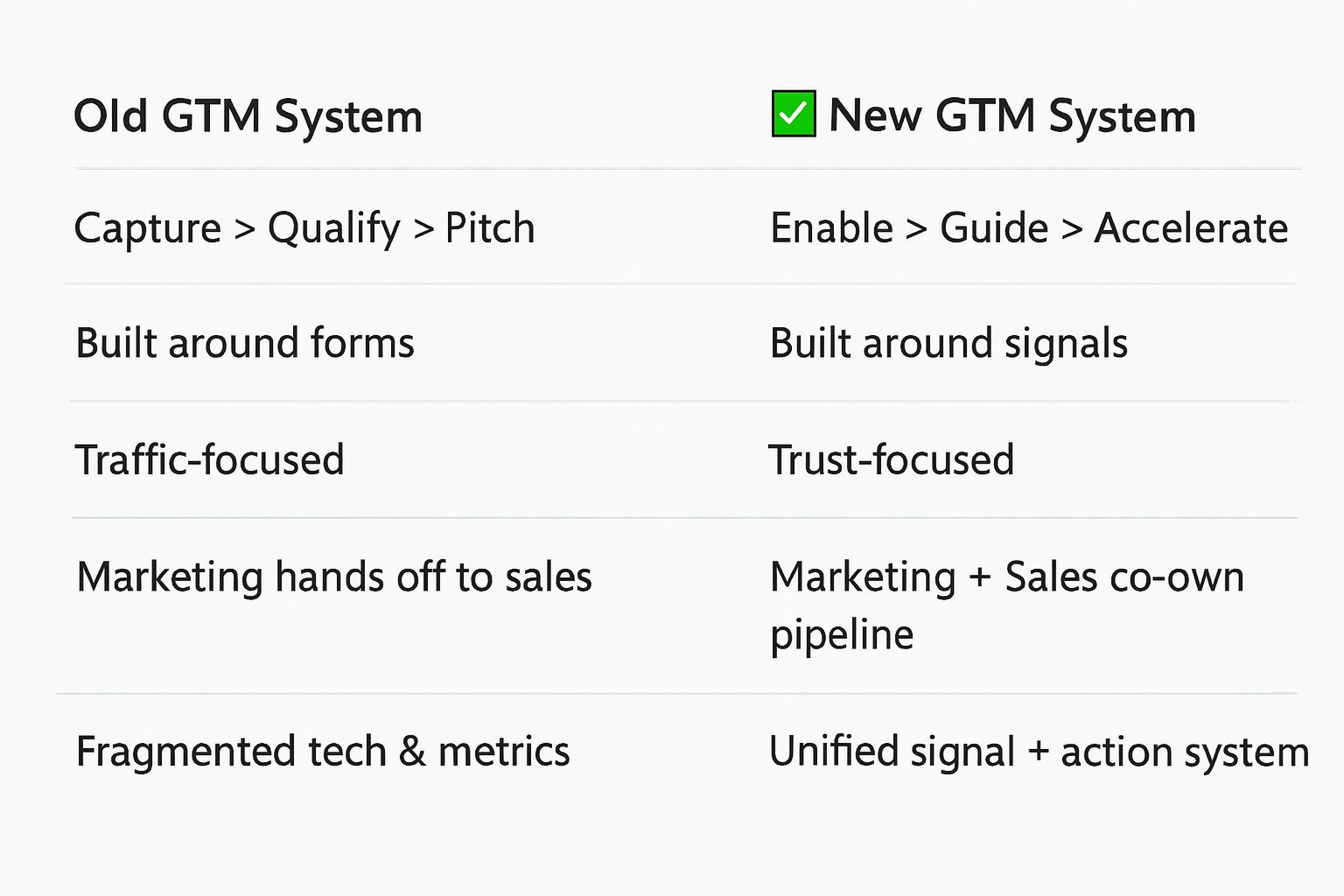
The shift is clear: from traffic to trust, from handoffs to shared ownership. This is the GTM model modern B2B buyers respond to.
The Pipeline Growth Framework for a Clickless World
Digital marketing provided a shortcut for two decades until everyone followed the same playbook, and buyers quietly found better ways to get the information they needed.
In this new reality, there are only two ways to earn mindshare:
- Be part of the conversation in the channels where your buyers go to learn
- Show up as the answer when they turn to AI tools like ChatGPT or Perplexity.
While most companies are still optimizing funnels built for a web that no longer works, the following framework will help you align your GTM with how buyers actually learn and make decisions today.
Follow this framework to gain a competitive edge, meet buyers where they are, and build trust before your competitors even show up.
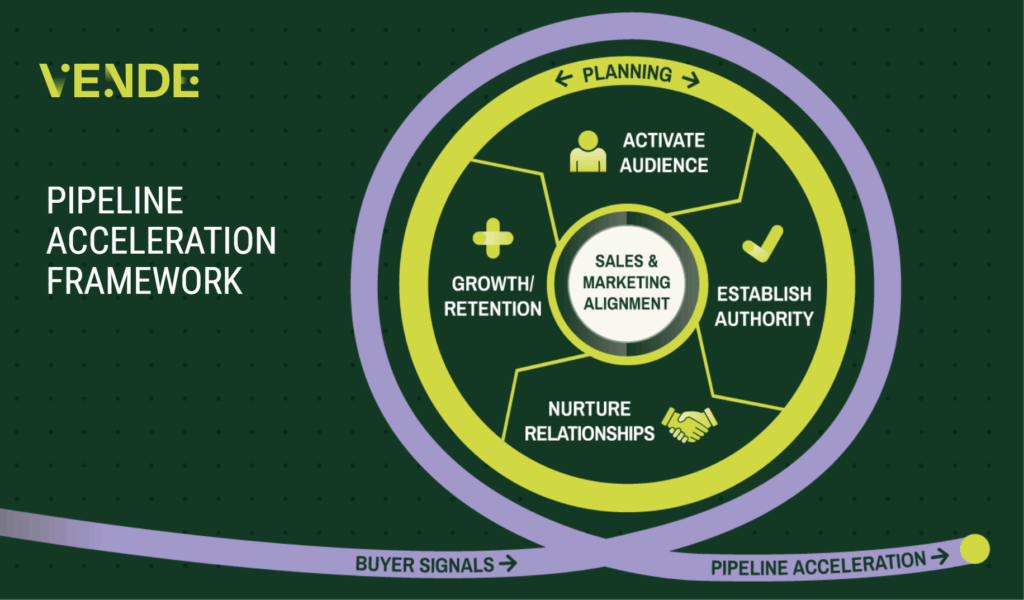
Activate Your Audience
Be where buyers already learn—BEFORE they’re in-market and BEFORE they are ready to visit your website. Your job is to spark interest by showing up in the channels, feeds, and conversations they already trust.
Pipeline Plays to Activate Your Audience
- Develop zero-click content designed for the platforms where your buyers actually spend time.
- Tie each piece back to your content pillars.
- Get your subject matter experts on the podcast circuit
- Leverage Language Model Optimization LMO to make your brand and content more visible, inside AI-generated responses
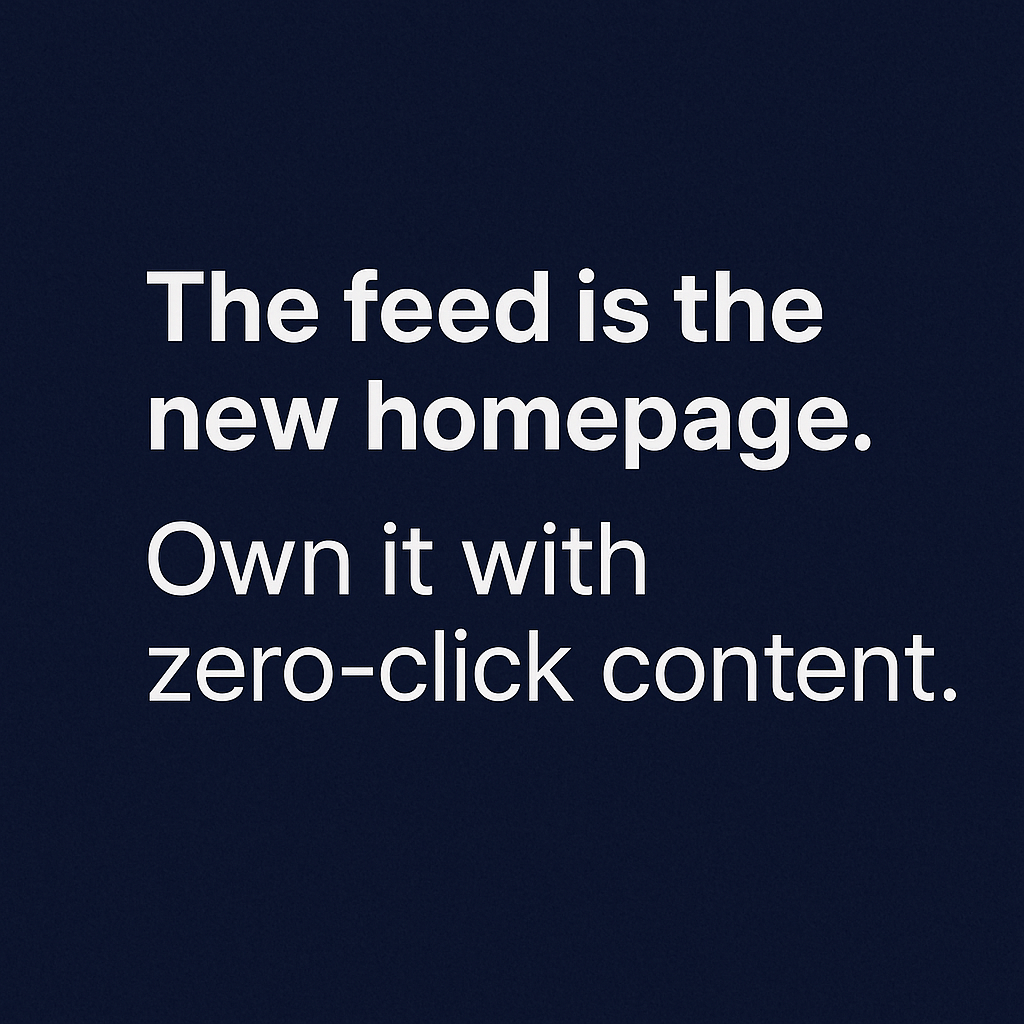
Establish Authority
Your goal is to validate your company’s ability to solve buyer problems and make them feel you are the safe bet. Authority isn’t built in a single moment; it’s built everywhere your buyers encounter you.
Think of it as a call to learn, not a call to action.
Modern buyers visit your website to validate expertise, compare options, and answer critical questions before talking to sales. Your website should enable buyers way before it tries to sell to them.
Pipeline Plays to Establish Authority
- Build authority through employee advocacy, video explainers, and founder-led POVs
- Run serialized, no-pitch events (like our B2B Growth Show). 80% of our pipeline has been influenced by these events. Proof that consistent education builds authority and intent over time.
- Build third-party credibility by letting your customers do the talking through testimonials, G2/Clutch reviews, and success stories.
- Build a Resource Center organized by buyer questions, not marketing categories.
- Use AI-enabled chat experiences (like Navu) to make your expertise accessible 24/7.
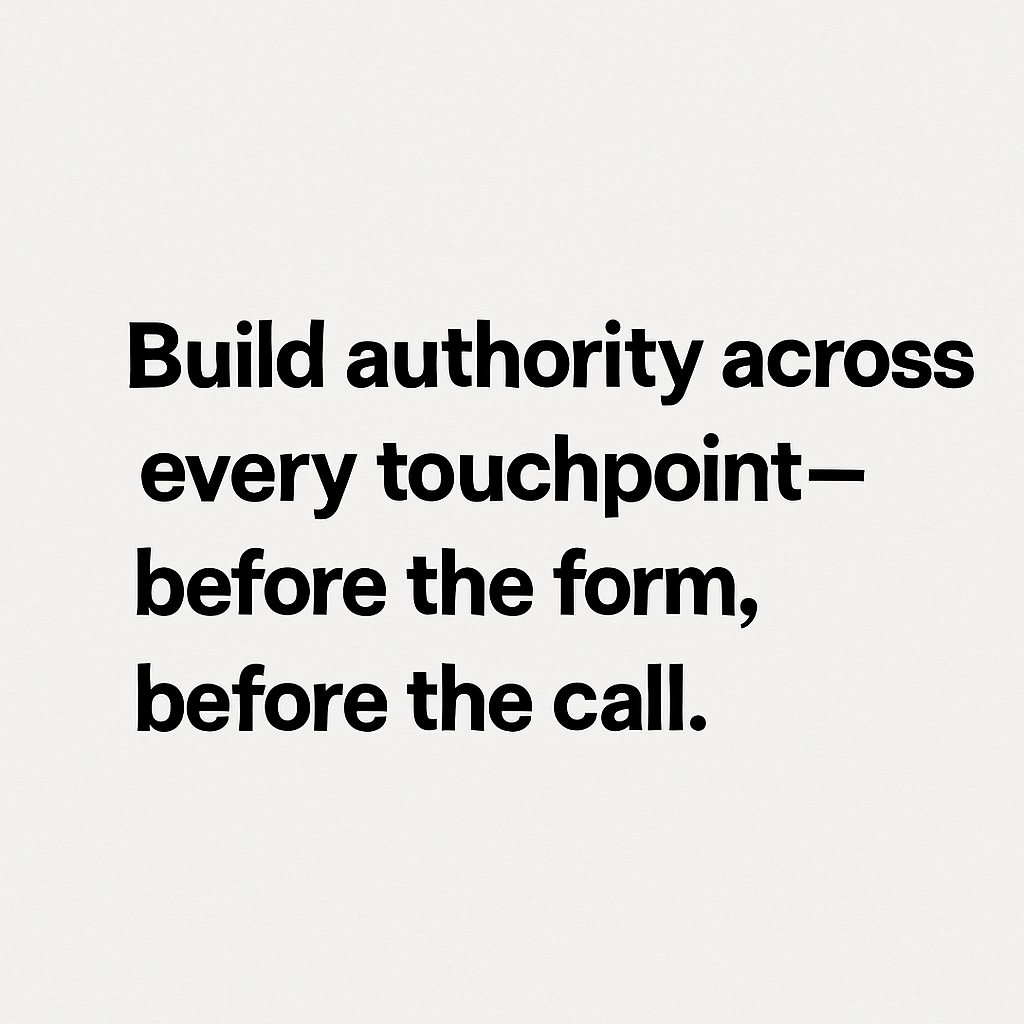
Nurture Relationships
Most buyers won’t convert on the first visit, and many won’t fill out a form. But that doesn’t mean they’re lost; it just means they’re not ready yet. Your job is to stay top of mind and build familiarity over time so that when the moment does come, they already trust you.
This isn’t about lead nurturing in the traditional sense. It’s modern relationship building through relevance, repetition, and respect for the buyer’s timeline. Think value-driven follow-up, not sequences. Social selling, not spamming. A shared strategy, not siloed departments.
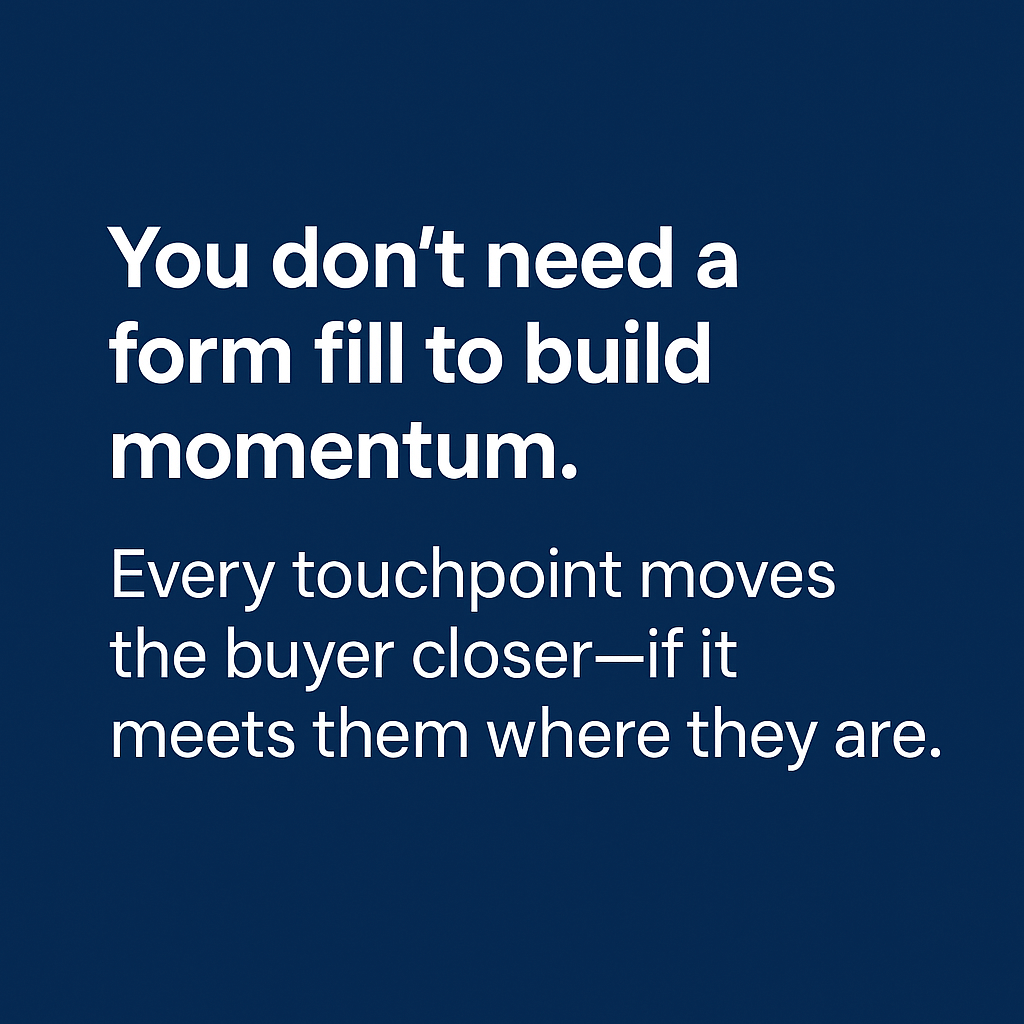
Pipeline Plays to Nurture Relationships
- Use SMART retargeting to stay visible with future buyers who leave your site without converting.
- Launch signal-based outreach using tools like HubSpot to trigger warm, personalized follow-up based on behavior (not form fills).
- Create drip sequences that partner in the pursuit of the buyer, not sales pressure. Think helpful content, event invites, or POV posts that match their interests.
- Align sales and marketing around a shared lifecycle journey (e.g., Contact → Learner → Hand Raiser → Opportunity) and match messaging to each stage.
- Train sales to use DMs (LinkedIn, Slack, etc.) as the new inbox, equipping reps with content and talking points to foster 1:1 buyer relationships where they already engage.
- Establish SLAs between marketing and sales to ensure smooth handoffs when buyers are ready.
- Prioritize clean, enriched data to fuel your GTM system, ensuring every play is buyer-contextual.
Grow & Retain Customers
In the Clickless Future, your best marketers aren’t on your payroll. They’re your customers. When happy customers share their experience, join your content, or refer others, new deals start without a single click.
That’s why retention isn’t just post-sale; it’s pre-pipeline.

Pipeline Plays to Grow & Retain Customers
- Turn success stories into zero-click assets.
- Bring your best customers into podcasts, events, or peer roundtables.
- Power new blog posts, email tips, or LinkedIn carousels with customer wins.
- Make it easy for customers to give testimonials or refer others through programs and incentives.
When these systems work together, you create a pipeline engine that runs on trust, clarity, and consistency. But here’s the catch: if you're still measuring like it's 2015, you’ll miss the signals that matter most. In a clickless world, we need a new definition of success.
Rethinking Success in a Clickless World
When buyers ghost your funnels and skip your site, measuring success by clicks alone is a recipe for misalignment. It’s time to stop trying to prove that marketing works and start measuring the things that will allow you to improve your marketing and place better bets.
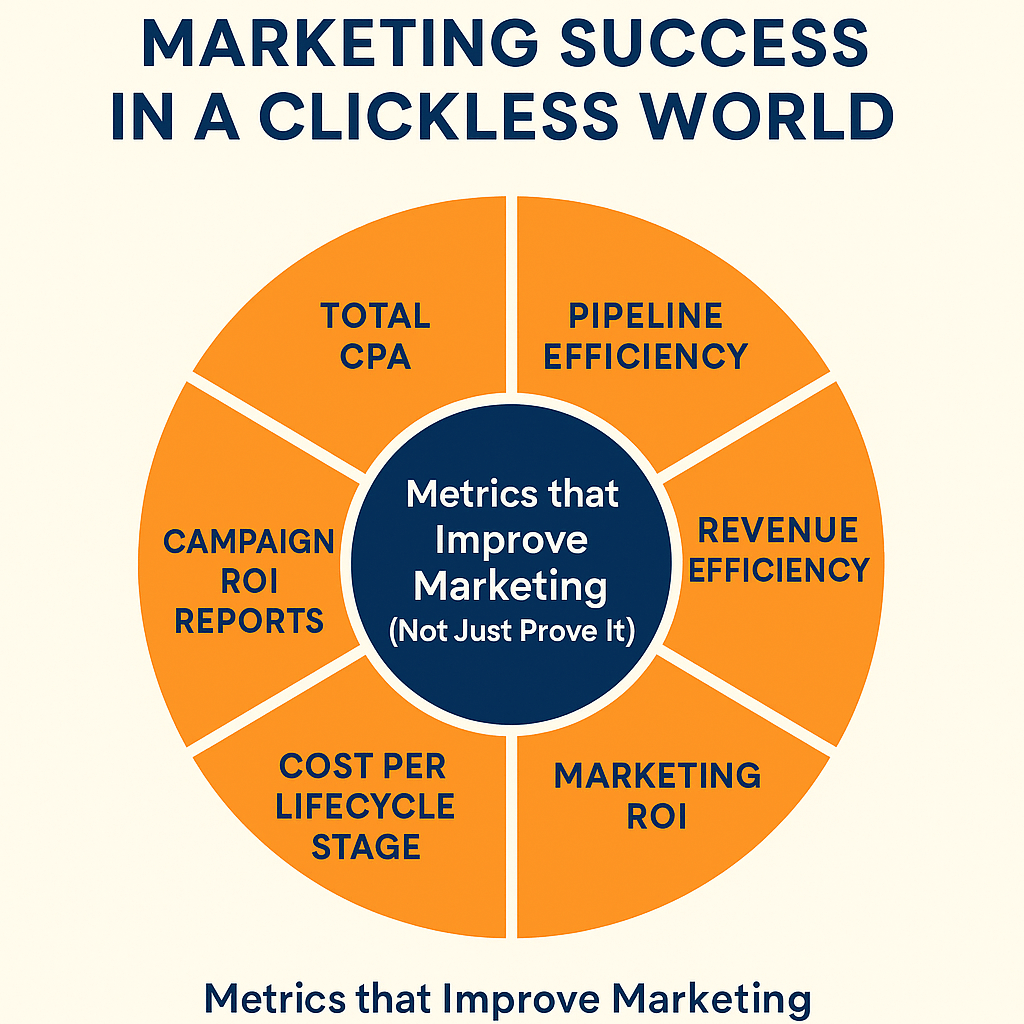
That’s why we’ve replaced outdated lead-gen vanity metrics with pipeline-driven performance indicators that track what really moves the needle.
Total CPA
(Total Spend / New Customers)
Tracks how much it costs to acquire a customer across channels.
→ Pull from your CRM + marketing spend reports (HubSpot, Salesforce, etc.)
Pipeline Efficiency (Total Pipeline / (Total Impressions / 1,000)
Reveals how well your campaigns convert attention into real opportunities.
→ Use impression data from ad platforms + pipeline from your CRM
Revenue Efficiency (Total Revenue / (Total Impressions / 1,000)
Measures how efficiently you're converting awareness into revenue.
→ Pull from finance or CRM + ad platform impression reports
Marketing ROI (New Revenue / Marketing Spend)
Shows the overall return on your marketing investment.
→ Compare CRM closed-won data with total spend across channels
Cost Per Lifecycle Stage
Tracks spend as buyers move from Contact → Learner → Hand Raiser → Close.
→ Use HubSpot or a similar marketing automation platform with lifecycle stage mapping
Campaign ROI Reports
Evaluates which plays influence revenue, not just clicks.
→ Review multi-touch attribution reports and influence reports in HubSpot, Salesforce, or custom dashboards
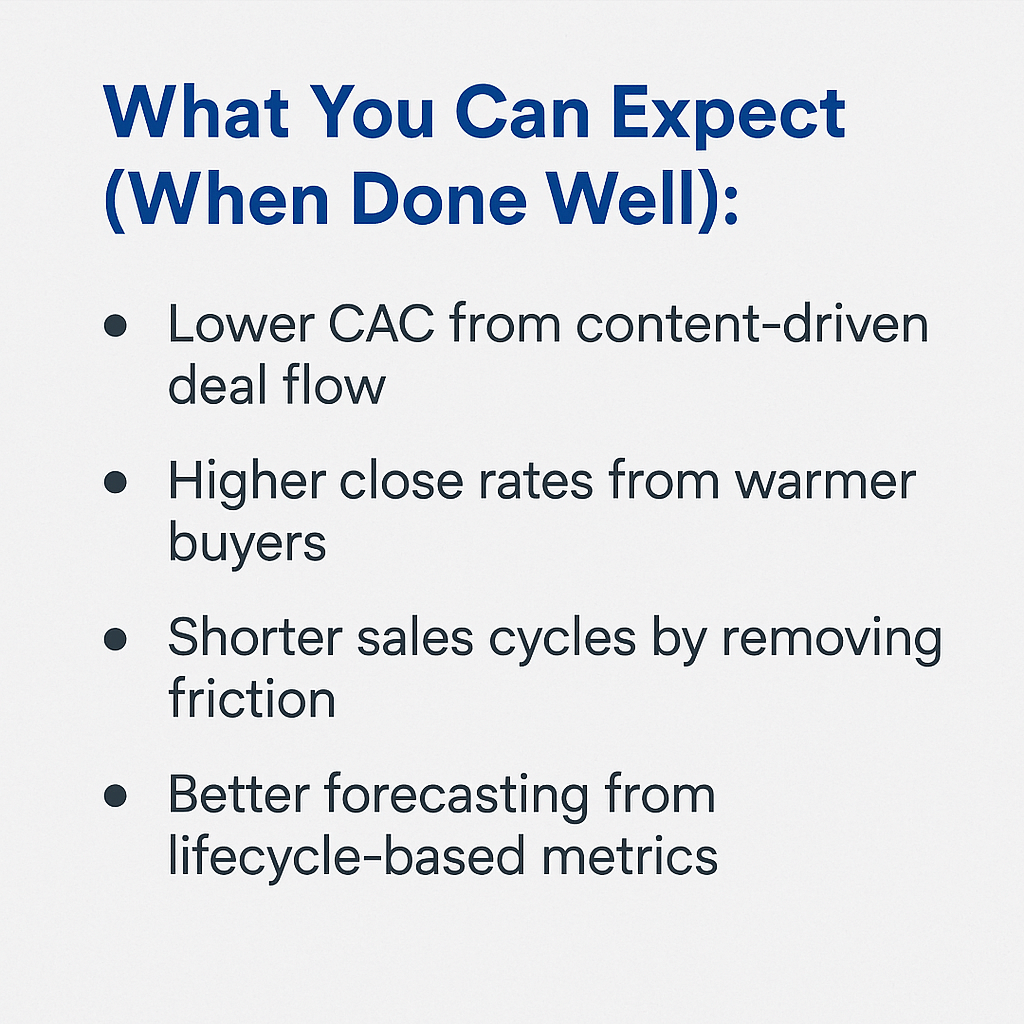
How to Use These Metrics
- Track monthly and roll up quarterly to show patterns, not spikes
- Use 3-month averages to avoid overreacting
- Share with leadership as a “decision snapshot.”
- Use campaign breakouts to double down on what’s working.
In the clickless future, we obviously can’t track every step. Therefore, we have systems that respond to the steps buyers are actually taking. When you measure what matters, you give your team permission to play the long game—to earn trust, stay visible, and fuel the pipeline without obsessing over every click.
The Path Forward
The era of chasing clicks is over. But marketing’s true purpose hasn’t changed.
The marketer’s job was never just to generate traffic. It’s to create momentum, to warm up prospects before they’re ready to buy, support them when they are, and stay with them until the deal is done.
That means rebuilding your GTM system around how buyers buy today:
- Where they go to learn (feeds, podcasts, peers, AI tools)
- How they want to engage (at their pace, on their terms)
- What builds trust (clear signals, consistent presence, shared values)
You don’t need a bigger tech stack. You need a more buyer-centric framework.
- A plan to align your strategy with your buyer’s journey
- A way to turn fragmented tactics into coordinated plays
- A system that prioritizes revenue, not vanity metrics
Because pipeline isn’t a stage, it’s a system. When you activate your audience, establish authority, and nurture relationships intentionally, pipeline becomes inevitable without relying on clicks.
Need Help Getting Started
We built our Pipeline Acceleration Framework to help modern B2B teams move from fragmented tactics to full-funnel momentum. If your GTM still relies on clicks, forms, and funnels, it’s time to evolve. Follow these five quick steps to get started.
